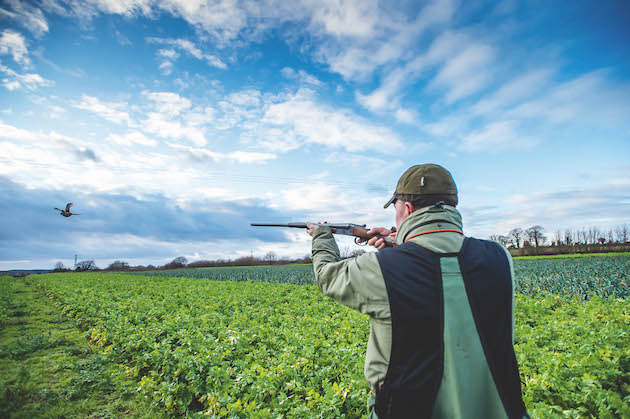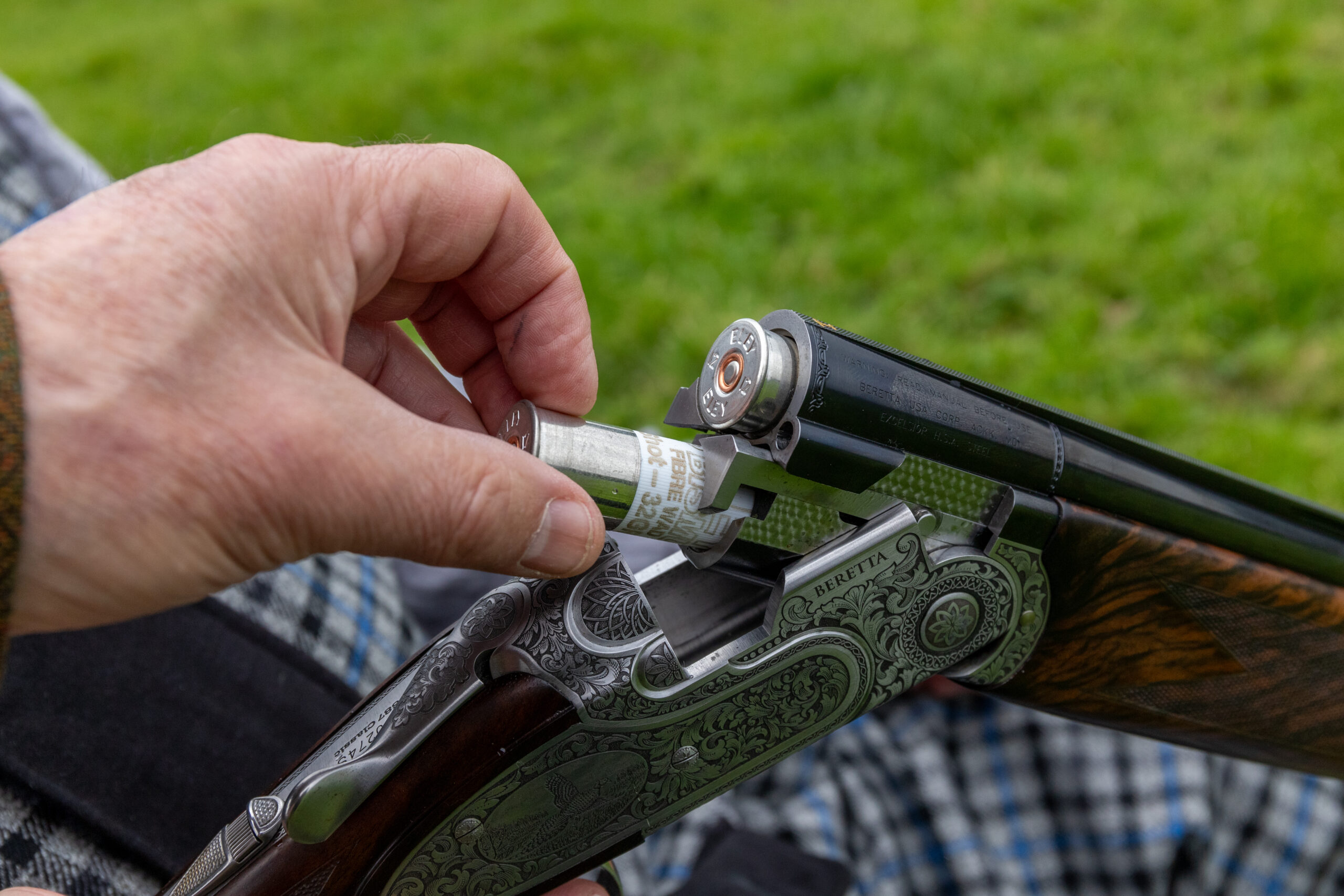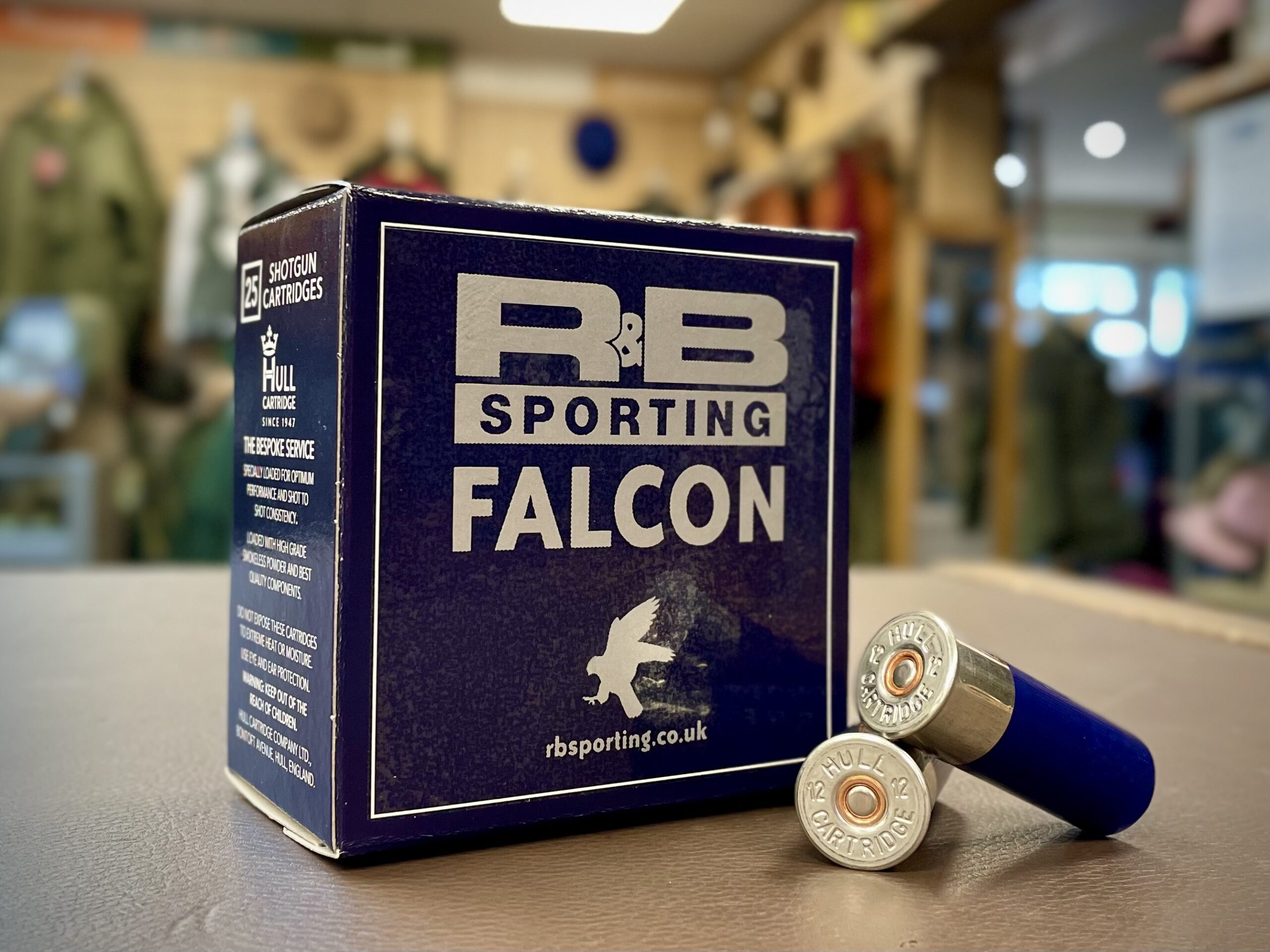Small bore shotguns: threatened by the demise of lead?
A move away from lead represents a real challenge for those who prefer small calibres but it won't be the end of the road, insists Rachel Draper

For the majority of us, our shooting journey is punctuated by different bore sizes. It is perhaps an accurate representation of our growth and development through life; we tend to strive to achieve bigger and better until old age sets in and we retract to comfort and contentment.
Many young Shots learn with small bore shotguns, a .410 or 28-bore, at a shooting ground or on the family farm. The progression moves on to a 20-bore then often a 12-bore. For those who may be getting on in years, or who enjoy primarily walked-up days, the lighter weight of a 20-bore can be appealing, a comfortable option for an active and tiring day’s sport. We have previously been spoilt for choice, with a diverse selection of guns and suitable cartridges available to meet the requirements of a range of quarries.
With the phased transition away from lead shot announced last year, doubts have been cast over the effectiveness of alternatives. Cartridge manufacturers have worked wonders and have already introduced steel cartridges that appear to perform well, certainly better than steel’s traditionally patchy reputation. However, these have been for 12-bores, with 20-bore cartridges sneaking into the spotlight now. But what are the options for small bore shotguns?

The phasing out of lead means those who use smaller bores – such as youngsters and female shooters – may struggle to find a suitable alternative
Cartridges for small bore shotguns
There are currently no .410 steel cartridges being produced by UK manufacturers and it does not, at this time, look like they will be a viable game shooting option in the future. The situation is similar with 28-bores and, while 16-bore steel cartridges are certainly on the horizon, we do need to give cartridge manufacturers more time for development.
The issues with steel in smaller bores come in several forms. As with all steel cartridges, it is recommended to drop at least two shot sizes — so the shot size is larger. A larger shot size usually means fewer pellets, which can create a more open pattern.
Balance
It has been shown that steel shot does tend to pattern more tightly than lead, so this balances out in a 12-bore. However, it is unlikely that the pattern from a steel .410 cartridge will be effective enough for use with game.
The next consideration is sourcing wads that are eco-friendly, protect the barrels and create a consistent and reliable seal to ensure effective shot charges. The propellant itself causes some concern as, due to steel being 30% lighter than lead, a standard load needs more initial force to maintain momentum and, essentially, provide so-called killing power. All of this has been achieved with research and development in the form of 12- and 20-bores but, at a vast cost to the cartridge manufacturers, it may not be commercially viable for the smaller bores.
There are alternatives available for small bore shotguns in the form of bismuth. Though traditionally these cartridges were not nearly as effective as lead, modern bismuth cartridges have come a long way. Fellow Shooting Times contributor Diggory Hadoke of the Vintage Gun Journal also advises that “TSS [tungsten super shot] is a form of tungsten shot that has proven very effective even in a .410, with No 9 shot delivering killing patterns at 75 yards”.
So it is not all bad news, though the supply of TSS cartridges could prove problematic as they do not seem widely available. The price of lead alternatives such as these is a sticking point for some, because the cost is vastly higher than we are used to. However, with the average pheasant costing between £35 and £40 plus VAT, paying up to £2.50 a cartridge is only a small percentage of the overall cost of a game day.
Perhaps this will make Guns more aware of each shot they take, questioning whether it is a challenging yet sensible shot and, most importantly, likely to result in a clean kill.
One area of concern when it comes to small bore shotguns and lead alternatives is young shooters. The shooting industry is justly proud of how encouraging it is of young Shots, particularly over the past few years, acknowledging the importance of passing on a passion for the countryside to the next generation.

At the moment there is no viable lead alternative for .410s, but manufacturers are doing their best
A drop in Young Shots?
If the only cartridges available for game days are highly priced bismuth options for .410 and 28-bore, are we likely to see a drop in young Shots in the field? Simon Reinhold, another fellow Shooting Times contributor, advises that “the .410 beginner market will be difficult with non-lead options”. However, we did go on to discuss that it may not be a bad thing for children to wait until they are slightly older to start shooting with a shotgun.
There are lots of things you can learn about shooting before pulling the trigger. We must encourage an interest in shooting and conservation — “lighting the fire” as Simon puts it — before heading straight out on to the peg and doing too much too soon. Young Shots could potentially wait until their early teens, until they are strong enough to shoot a 20-bore, before doing a large amount of game shooting.
Rivalry
There has always been a friendly rivalry between 12- and 20-bore enthusiasts, with particular focus on ‘ladies’ guns’. Currently, the only steel shot cartridges available in 20-bore with non-plastic wads are the Eley VIP Steel Pro Eco in 24g No 4, suitable for 70mm chambers with standard nitro-proof.
With many more cartridge options available for 12-bores, it is likely we will see an increase in women turning to these guns, especially lightweight models that offer the best of both worlds. One option that is already popular is the Beretta Ultraleggero (Ultralight), which launched earlier this year. This versatile gun comes in several models, including the Vittoria, which features a reduced-radius grip, Monte Carlo-style stock and snubbed toe to provide a more comfortable fit for female shooters.
The present concerns are really based around the unknown. It may be that in years to come there are suitable lead alternatives for smaller bores and vintage guns. Time will tell. Currently, though, as an avid fan of heritage English guns, I find it disappointing to see a move away from them in favour of more modern alternatives.
I can see the appeal in an assurance that there will be a supply of reasonably priced, suitable ammunition. However, I would strongly advise that people don’t make any rash decisions about selling their guns. We are still at the start of a long journey and cartridge manufacturers, which have invested tremendous amounts into research and development, need time to make their money back.
There is likely to be a two- to three-year delay while funds are restored before further development of products can be made. The shooting and gunmaking industry has been through plenty of changes before and has always adapted impressively. If this ensures that our sport has a future, it will be well worth a few years of disruption.
Perhaps our views need to change, with quality over quantity becoming the mantra, steering away from the ‘give it a go’ mentality of taking shots that are out of range.
Simon suggests there is a trend of “focusing too much on height and not enough on good shooting”. Shooters must be aware of the limitations of their own abilities as well as the limitations of their cartridges and of their guns. It is positive to hear from Simon that “some large shoots are already adapting, considering how they can change their drives to meet new regulations”. The future for those who prefer smaller calibres will certainly look different but, given time, I’m sure a future will come.









